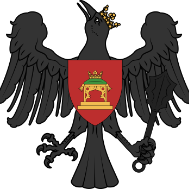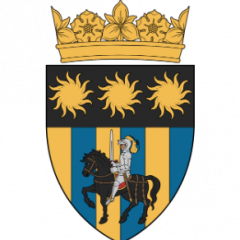-
Popular Topics
-
Topics
-
Recent Status Updates
-
Options
Options
-
The ST post lurkers on Drdobetters app should stop treating these forums like twitter.
I'm not friends with the guy and even clashed plenty with him
Instead of being corny, trying to dunk on people & contributing to the mob mentality on this community, you could do an event for once
-
What is the best and most specific addition that Mojang has added to Minecraft that has had LOTC benefit the most from? What events do you guys remember that this addition impacted heavily back when it was added?
No Recent Status Updates -
Options













Recommended Posts